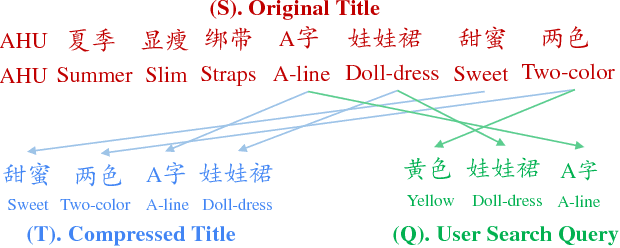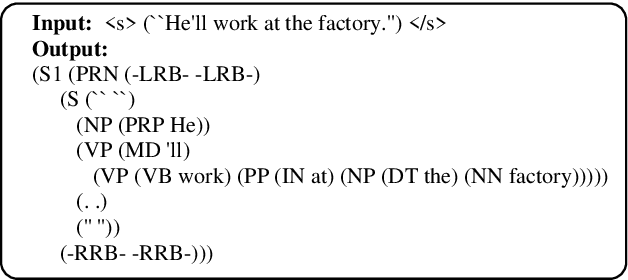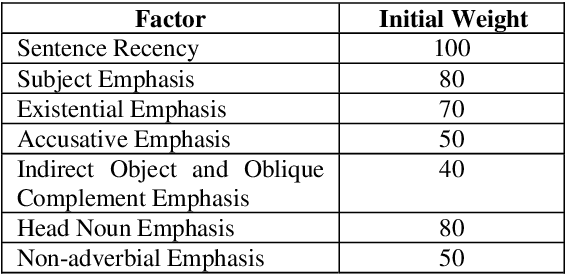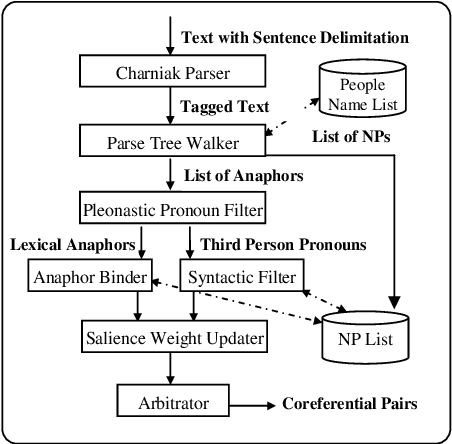Long Qiu
A Multi-task Learning Approach for Improving Product Title Compression with User Search Log Data
Jan 05, 2018



Abstract:It is a challenging and practical research problem to obtain effective compression of lengthy product titles for E-commerce. This is particularly important as more and more users browse mobile E-commerce apps and more merchants make the original product titles redundant and lengthy for Search Engine Optimization. Traditional text summarization approaches often require a large amount of preprocessing costs and do not capture the important issue of conversion rate in E-commerce. This paper proposes a novel multi-task learning approach for improving product title compression with user search log data. In particular, a pointer network-based sequence-to-sequence approach is utilized for title compression with an attentive mechanism as an extractive method and an attentive encoder-decoder approach is utilized for generating user search queries. The encoding parameters (i.e., semantic embedding of original titles) are shared among the two tasks and the attention distributions are jointly optimized. An extensive set of experiments with both human annotated data and online deployment demonstrate the advantage of the proposed research for both compression qualities and online business values.
A Public Reference Implementation of the RAP Anaphora Resolution Algorithm
Jun 17, 2004



Abstract:This paper describes a standalone, publicly-available implementation of the Resolution of Anaphora Procedure (RAP) given by Lappin and Leass (1994). The RAP algorithm resolves third person pronouns, lexical anaphors, and identifies pleonastic pronouns. Our implementation, JavaRAP, fills a current need in anaphora resolution research by providing a reference implementation that can be benchmarked against current algorithms. The implementation uses the standard, publicly available Charniak (2000) parser as input, and generates a list of anaphora-antecedent pairs as output. Alternately, an in-place annotation or substitution of the anaphors with their antecedents can be produced. Evaluation on the MUC-6 co-reference task shows that JavaRAP has an accuracy of 57.9%, similar to the performance given previously in the literature (e.g., Preiss 2002).
 Add to Chrome
Add to Chrome Add to Firefox
Add to Firefox Add to Edge
Add to Edge